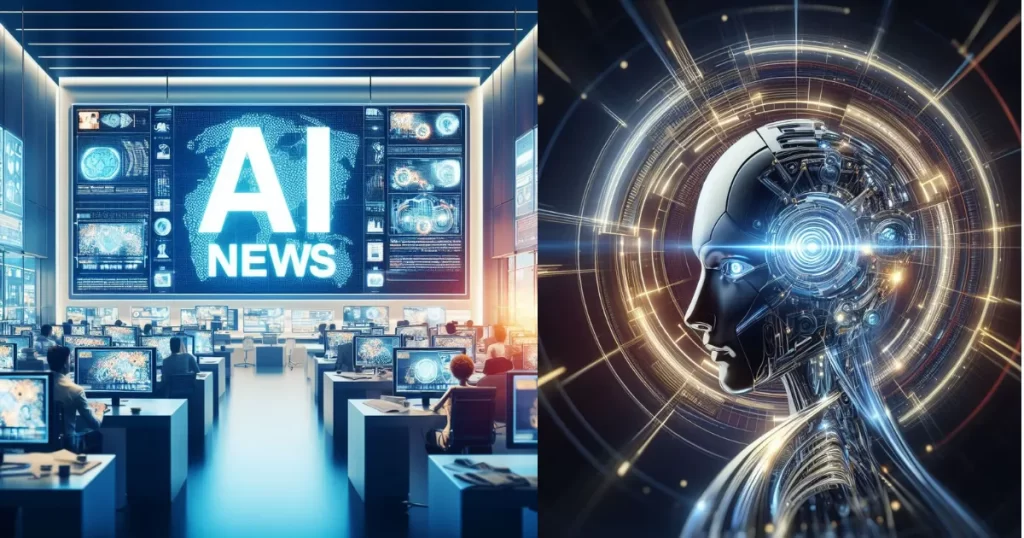Niantic, the company behind Pokémon Go, has announced ambitions to develop a new AI system known as a “Large Geospatial Model” (LGM). This model is based on millions of location scans submitted by users of Pokémon Go, Ingress, and other Niantic games. The technique intends to let computers and robots comprehend and interact with the physical environment in the same way as artificial intelligence (AI) such as ChatGPT processes language.
Niantic’s LGM is based on their current Visual Positioning System (VPS), a neural network-powered system that can determine a device’s position and orientation from a single photograph. Niantic has spent the last five years perfecting this technology, which employs 3D maps generated from player-submitted scans of real-world sites. These maps are unique in that they show data from a pedestrian perspective, frequently encompassing regions that automobiles cannot reach.
In a 2022 interview, Niantic’s Chief Scientist, Victor Prisacariu, provided further information about this technique. He demonstrated how data from games such as Pokémon Go and Ingress were utilized to create incredibly realistic 3D maps of the earth. These maps depict not just the forms and structures of items, but also their meanings, such as distinguishing between the ground, trees, and sky.
This AI model might have a wide range of uses outside games. Robotics, augmented reality, and urban planning might all benefit from allowing robots and computers to explore and perceive settings in ways that people do.
However, this raises ethical concerns regarding data utilization.. When Pokémon Go first released in 2016, users most likely had no idea their game interactions would contribute to such a complex AI research. Niantic’s effort demonstrates how personal data acquired over time may enable transformational technology in unforeseen ways.
This overview is based on Wes Davis’ essay, which was published on The Verge on November 20, 2024. You can check out the full article here.

I’m Voss Xolani, and I’m deeply passionate about exploring AI software and tools. From cutting-edge machine learning platforms to powerful automation systems, I’m always on the lookout for the latest innovations that push the boundaries of what AI can do. I love experimenting with new AI tools, discovering how they can improve efficiency and open up new possibilities. With a keen eye for software that’s shaping the future, I’m excited to share with you the tools that are transforming industries and everyday life.

